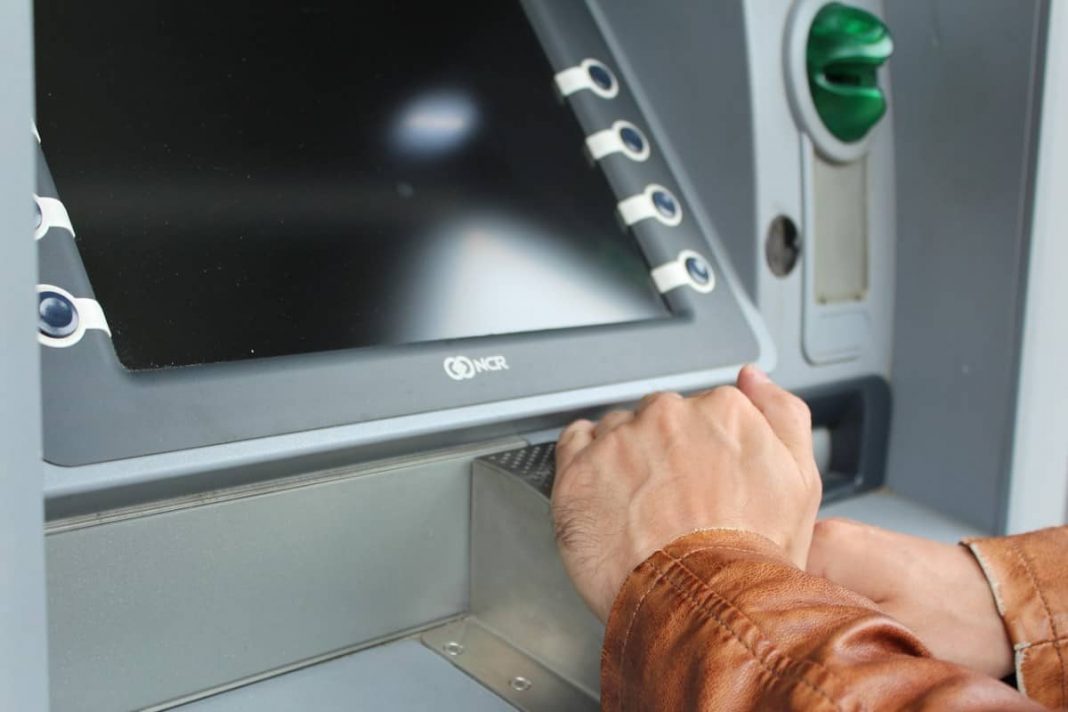Disability is today no reason to hesitate in performing any function. A number of people with disabilities today are living a full life, working and being part of a productive society. But that is not all.
Technology has helped them to do jobs that were considered out of their ambit or take on adventures that their disability had made impossible. One such example is the braille shorthand machine.
Based on the braille language, the machine allows blind people to take dictation in the standard braille language.
So, a blind person can now not only read and write competently, but also take down a fast narration. This gives them the access to greater employment opportunities.
Importance of Braille Shorthand Machine
The Braille shorthand machine is a crucial tool for individuals who are blind or visually impaired and rely on Braille as their primary means of communication.
Here are some key reasons highlighting the importance of Braille shorthand machines:
#1. Efficient and Fast Communication:
 Braille shorthand machines allow individuals who are blind or visually impaired to transcribe spoken or written information into Braille quickly and efficiently.
Braille shorthand machines allow individuals who are blind or visually impaired to transcribe spoken or written information into Braille quickly and efficiently.
This enables them to communicate in real time and participate in various activities, such as taking notes in class, participating in meetings, or transcribing important documents, with speed and accuracy.
Read: Factors to Consider When Choosing a Credit Card Machine
#2. Independence and Empowerment:
The ability to use a Braille shorthand machine empowers individuals who are blind or visually impaired to be more independent and self-sufficient.
It allows them to take control of their communication needs, express themselves, and access information without relying solely on others for assistance.
#3. Equal Access to Information:
Braille shorthand machines enable individuals who are blind or visually impaired to access information in a format equivalent to printed text.
This ensures that they have equal access to educational materials, work-related documents, books, and other written information, which is essential for their education, employment, and overall inclusion in society.
Read: What does one mean by OSHA machine guarding?
#4. Career Opportunities:
Braille shorthand machines are often used in professional settings, such as offices, courts, and other workplaces.
Proficient use of Braille shorthand machines can open up employment opportunities for individuals who are blind or visually impaired, allowing them to pursue careers in fields such as transcription, stenography, legal or medical transcription, and other professions that require fast and accurate Braille transcription skills.
#5. Improved Literacy and Education:
Braille shorthand machines play a critical role in promoting Braille literacy and education among individuals who are blind or visually impaired.
They provide a practical and efficient means of learning, taking notes, and participating in educational activities, which can lead to improved literacy skills, better educational outcomes, and increased opportunities for academic success.
Read: Professional Steam Cleaning Machine for Sanitising Industrial Environment
#6. Flexibility and Portability:
Braille shorthand machines come in various sizes and designs, ranging from compact, portable devices to larger, more sophisticated machines.
This makes them flexible and adaptable to different environments, allowing individuals who are blind or visually impaired to use them in various settings, including at home, in school, at work, or while traveling.
Braille
This universally accepted language was devised for blind people. With the help of six raised dots, it can help them to read and write.
This brilliant and important invention by the Frenchman Louis Braille opened up the window of higher learning to people who had almost no means of achieving this before him.
Read: Top Qualities of an ITAR’s Certified Machine Shop
Braille has, of course, developed far beyond its initial simpler (but brilliant) system. Some braille systems have been extended to 8-dot code, making it compliant with the Unicode standard.
It often includes a wider range of symbols and graphics. Today we even have screen reader software with refreshable braille displays that has made reading much easier.
But braille continues to be the primary medium for instruction. It is also how a blind person can write and later read their own words. This is why the braille shorthand machine is so brilliant. It helps them to write and then read on the go.
Read: Best White Noise Machines for Your Office
Like all languages, Braille is a robust language that has undergone many changes and modifications. Although originally derived from latin, as a universal language it is also required to accommodate the different languages of the world.
Bharati Braille
Also known as Bharatiya Braille, the Bharati Braille is the braille script for Indian languages. It has regional variations, such as Bengali braille, Gujarati braille and Kannada braille. It uses a 6-dot cell and is largely based on the English braille.
The braille shorthand machine
The machine has six keys, one for each dot of the braille system and a space bar. The shorthand is transferred on a role of paper which is inserted into the machine.
With the help of the machine, a blind person can take down records, dates, minutes of a meeting, rapid dictation and even a telephone call.
The typed information can be read by anyone blind or sighted people. When trained properly a visually impaired stenographer is just as efficient as a sighted one.
Read: How To Use Ceramic Tiles Testing Machine?
How to select a braille shorthand machine?
Since the machine will be acting almost as an assistant, there are certain factors that one must ascertain before investing in one. These are:
#1. Ease of use
The shorthand machine will ultimately be used as a regular tool. So, it must be easy to use. These are simple design elements that make the machine more user-friendly.
For instance, adjustable key stoppers for indentation. Ideally you must ask for a sample piece and have it tested by a user to see how it fares in actual usage.
#2. Lightweight
This is an important feature in a shorthand machine. Keep in mind that this has to be a portable machine and the user will probably have to lug it around.
So, the machine should be lightweight and compact enough to be carried. Many makers use aluminium, since it is both tough and light.
#3. Design
While usability is always a factor, the design plays a crucial role. Features like unidirectional movement, paper forwarding mechanism — all these play a role in how the machine is designed, how easy it is to use and its printing mechanism.
We’ve already discussed the ease of using the machine; the printed papers must be of an equally high quality.
#4. Standards
Like any machine, the braille shorthand machine must meet the laid down quality standards, such as those laid down by the Bureau of Indian Standards.
The braille gave the visually impaired the freedom of the written word. The braille shorthand machine gives them the tool to use even more efficiently at the workplace.
With the ability to take down a fast dictation, their capabilities are no less than a sighted person.
Braille shorthand machines are essential tools that empower individuals who are blind or visually impaired, providing them with efficient communication capabilities, promoting independence, equal access to information, career opportunities, improved literacy, and flexibility in various settings.
They play a significant role in enhancing the quality of life for individuals with visual impairments and promoting their inclusion in society.
























